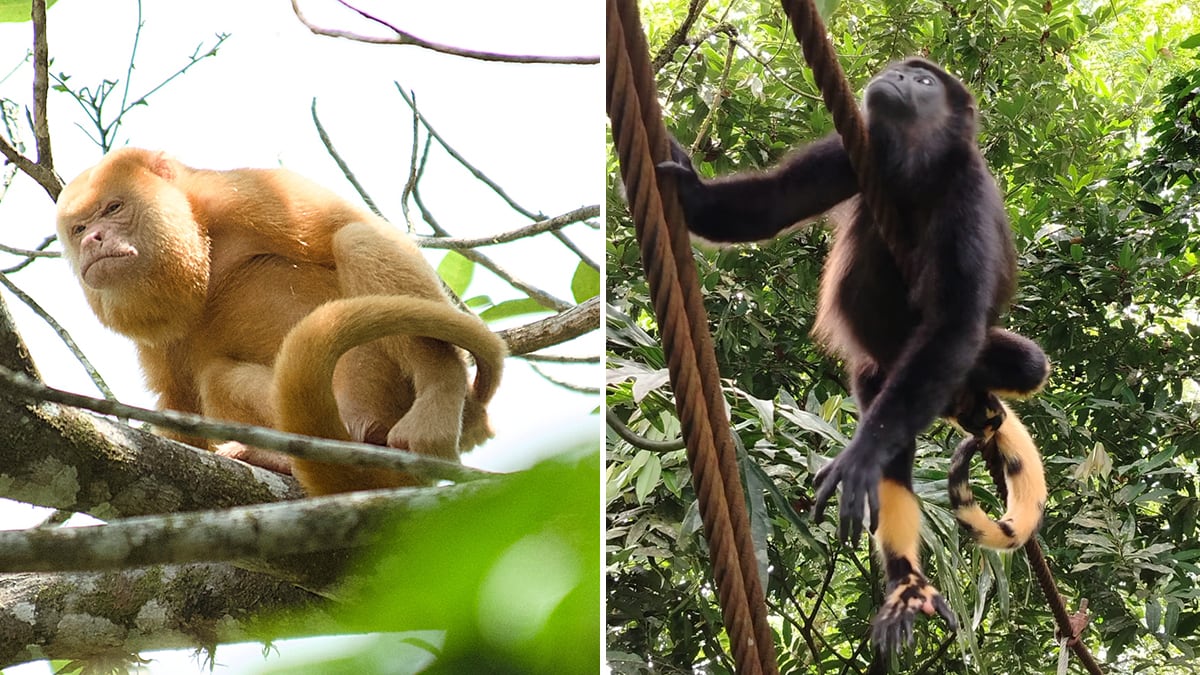
"Chameleons, octopuses, cuttlefish, and snowshoe hares change color naturally, but the appearance of a white Iberian lynx in the mountains of the Spanish province of Jaen is surprising, even unbelievable. The animal, a female known as Satureja, has lost her natural coloring the brown and orange tones so characteristic of the species. She has, however, retained the black spots unique to each lynx: a kind of natural ID that lynxes keep for life and that allows researchers to distinguish one individual from another."
"No one knows the reason for this striking change in coat color, which had already been observed in another lynx previously. Javier Salcedo, coordinator of the Iberian lynx reintroduction program in the Spanish region of Andalusia, suggests it could be a temporary depigmentation due to external factors environmental or stress rather than a genetic mutation leading to albinism or leucism."
"When an animal doesn't normally change color, and it does so suddenly, an environmental factor cannot be ruled out, explains Ismael Galvan, a senior scientist at the Spanish National Research Council (CSIC) at the National Museum of Natural Sciences (MNCN) and a specialist in pigmentation. The problem is that, currently, researchers don't fully understand the external agents that could cause these changes, and it's possible that environmental pollution could be affecting the coloration, he says. That's why it's so important, he argues, to investigate the origin"
Satureja, a female Iberian lynx sighted in Jaen province, has lost the species' typical brown and orange coat while retaining lifelong black spot patterns that identify individuals. The reason for the depigmentation is unknown, though a prior female lynx experienced a similar temporary loss and later regained normal tones. Javier Salcedo suggests the change may reflect temporary depigmentation from external factors such as environmental conditions or stress rather than genetic albinism or leucism. Regional authorities have opened an investigation, and scientists warn that environmental agents, including pollution, could influence pigmentation and merit study.
Read at english.elpais.com
Unable to calculate read time
Collection
[
|
...
]